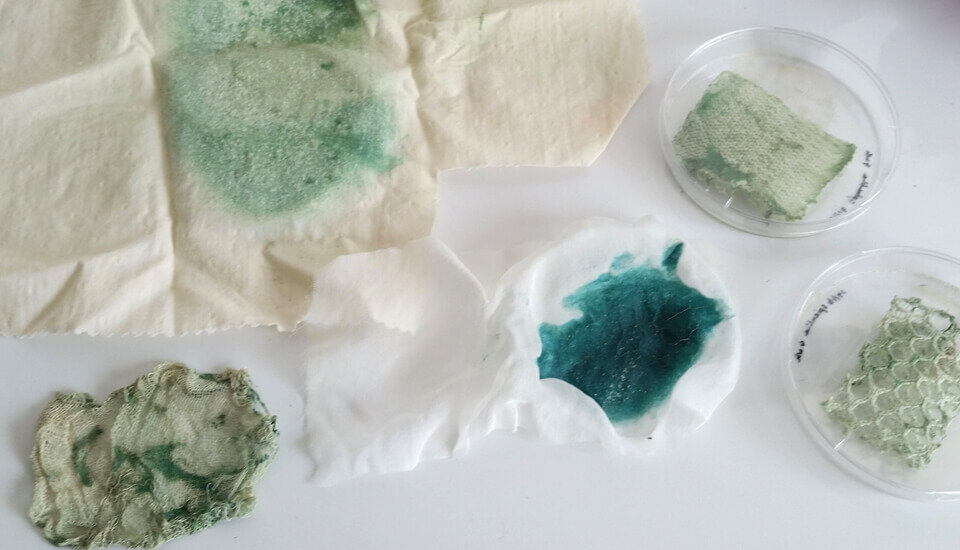The relationship between fashion and sustainability is a tricky one. It’s not a black-and-white problem, nor are the solutions one size fits all. It’s a continually evolving topic that requires a holistic 360-degree approach spanning the social, economic, cultural, and environmental issues plaguing fashion.
However complex or dynamic the relationship is, as one of the world’s biggest and most impactful industries, fashion has a key role to play in safeguarding the future for generations to come. Now more than ever understanding multifaceted topics that feed into the system will be paramount for fashion brands who want to pave the way forward, or simply the ones that want to stay relevant.
On the consumer side of things, understanding what issues need to be addressed by brands can help us identify which brands are making genuine progress toward becoming more sustainable, and which are simply capitalizing on sustainability as a trending topic. Equipped with this knowledge we can become more conscious about our style choices.
Shift From Looking Good, To Doing Good
Over the past couple of years, we have seen brands predominantly focus on the issues that can be seen as value-added for the company. The focal point has been things that they can use for marketing to capitalize on, and rarely the things that would cost more than they can give.
This led to an influx in brands launching a small collection made with recycled materials or innovative eco-materials, but not considering the impact on the rest of their value chain.
While one could argue that you need to start somewhere, and that is true, consumers are demanding more. A recent study showed that 86% of shoppers want to spend their money with responsible and equitable brands. Nearly half of respondents from the same survey stated that they are confused by the information shared, and what brands claim to be sustainable vs. what actually is.
We’re no longer going to stay quiet about it. We are expecting that brands take responsibility for their impact at every stage of their business, as well as be able to communicate what they are doing clearly.
Brands need to look past strategies that focus on looking good, to strategies that actually do good. With greenwashing being challenged on a legislative level for the first time starting in 2022, many calling for a tax on fast fashion. We’re entering a new era of sustainable fashion, where brands aren’t going to be cut slack for oversights or exaggerations.
The 8 Issues To Address
That leaves us with the question: What issues are the most pressing brands that should be addressing? The Centre for Sustainable Fashion categorized the key issues that the fashion industry faces into 8 groups. These key issues serve as a starting point for understanding the complexities around sustainability and should each be considered when building, or refining your sustainability strategy.
The 8 issues are intertwined between both the industry and individual levels, and represent social, cultural, economic, and ecological problems that the industry faces today. As defined on The Centre For Sustainable Fashion’s Issues Fact Sheet, The problems are:
1) Climate Change
The current level of CO2 in the atmosphere already exceeds what is considered safe by scientists and yet the fashion industry’s emissions continue to increase. If we fail to respond to this challenge, sea levels will continue to rise, many places will experience droughts, and there will be more frequent extreme weather events, increasing the number of people displaced.
2) Water Stress
1.1 billion people currently lack access to clean water, whilst the fashion industry consumes water in growing fibres, production process and in garment care. It can take 2700 litres of water to make one cotton t-shirt, which alone could provide up to 3 years drinking water for one person.
3) Hazardous Chemicals and Pollution
The fashion industry is one of the largest users of chemicals and in turn is responsible for high levels of water and air pollution, which is hazardous to our ecosystems and human health. Textile processing currently accounts for around 20% of water pollution, whilst through the production of synthetic fibres, nitrous oxide emissions are released into the air, which are 310 times more damaging than carbon dioxide. 1
4) Land Use and Biodiversity
Measured by the variety of life on earth, biodiversity is the foundation for a healthy planet. Fashion is directly linked to habitat loss and a decline in biodiversity through land use. Areas of forested land have been cleared for cotton cultivation, livestock raising and cellulosic fibres made from wood, whilst livestock mismanagement has also lead to degradation of fertile land.
5) Diminishing Resources
The fashion industry relies on many natural and human resources which are finite or diminishing. The making, transporting and use of fashion is almost completely dependent on fossil fuels, whilst hand-based skills and crafts from around the world are rapidly vanishing because of faster and cheaper manufacturing options.
6) Consumption and Waste
Clothing production worldwide has doubled since 2000 and yet the average British or European person keeps their clothing items for about half as long. Globally the vast majority of discarded clothing ends up in landfills or is incinerated, currently only 20% is collected for reuse or recycling.
7) Modern Day Slavery
Modern Slavery still exists today in the forms of forced labour, people trafficking and child exploitation. Victims of Modern Slavery are unable to leave their situation because they are subject to threats, violence, punishment, coercion or deception. With a lack of transparency across the industry, 77% of companies operating in the UK believe Modern Slavery might exist somewhere in their supply chains.
8) Wellbeing
The current level and pace of the fashion industry compromises the wellbeing of workers, communities, wearers, animals and the environment. Over half of workers in fashion are not paid the minimum wage and in most producing countries this is still half of what can be considered a living wage. This is linked to an increasing speed, fueled by marketing messages which pressure women and men to look, feel and shop in a particular way.
*All data sourced from The Centre for Sustainable Fashion Fact Sheet
The 8 issues are intertwined between both the industry and individual levels, and represent social, cultural, economic, and ecological problems that the industry faces today. Brands that can successfully approach their sustainability agenda, including communicating it clearly to their consumers will become the trailblazers of the new fashion era.
Liking the Content?
Why not sign up for the weekly roundup











